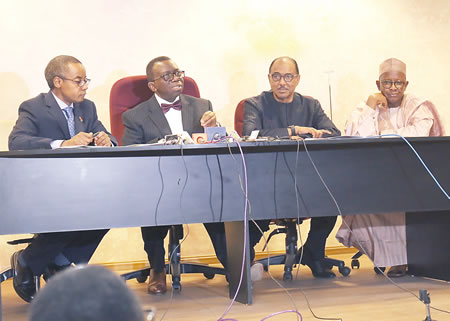Prevalence among females is significantly higher at an estimated 1.9 per cent, with male prevalence estimated at 0.9 per cent. Seven states are considered to have high prevalence of 2.0 per cent and above
HIV prevalence estimates varied across Nigeria, with the highest prevalence in the South-South Zone and the lowest prevalence in the North West Zone. Seven states account for 50 per cent of the overall estimated number of persons living with HIV in Nigeria.
The distribution of HIV burden across age groups indicates 12 per cent of persons living with HIV are between the ages of zero and 14 years while 75 per cent are between 15 and 49 years. Also adolescents (10 to 19 years) account for eight per cent of people living with HIV.
Almost half of all people living with HIV in Nigeria achieved viral suppression. The prevalence of viral load suppression among people living with HIV was highest among males aged 55 to 64 years at 55.0 per cent and among females aged 45 to 54 years at 54.3 per cent Viral suppression was highest in the North Central Zone (65.6 per cent) and the lowest in the South-South Zone (33.7 per cent).
Although almost four out of five women attended at least one antenatal care visit during their most recent pregnancy, only two out of five self-reported knowing their HIV status.
Certainly, results from the NAIIS are encouraging with fewer Nigerians now affected by HIV. But is ending AIDS in Nigeria achievable by 2030?
President Buhari speaking at the NAIIS survey sponsored by Global fund, United States government and other partners in Abuja, declared that Nigeria cannot celebrate just yet, as almost a million Nigerians living with HIV are currently not on treatment.
To achieve epidemic control and end AIDS in Nigeria, he said there is the need for a more coordinated and funded national response that will be guided by the “Revised National HIV/AIDS Strategic Framework” document.

 Now, the preliminary findings of the Nigeria AIDS Indicator and Impact Survey (NAIIS) indicates that an estimated 1.9 million Nigerians are living with HIV with about one million persons on treatment.
Now, the preliminary findings of the Nigeria AIDS Indicator and Impact Survey (NAIIS) indicates that an estimated 1.9 million Nigerians are living with HIV with about one million persons on treatment.





